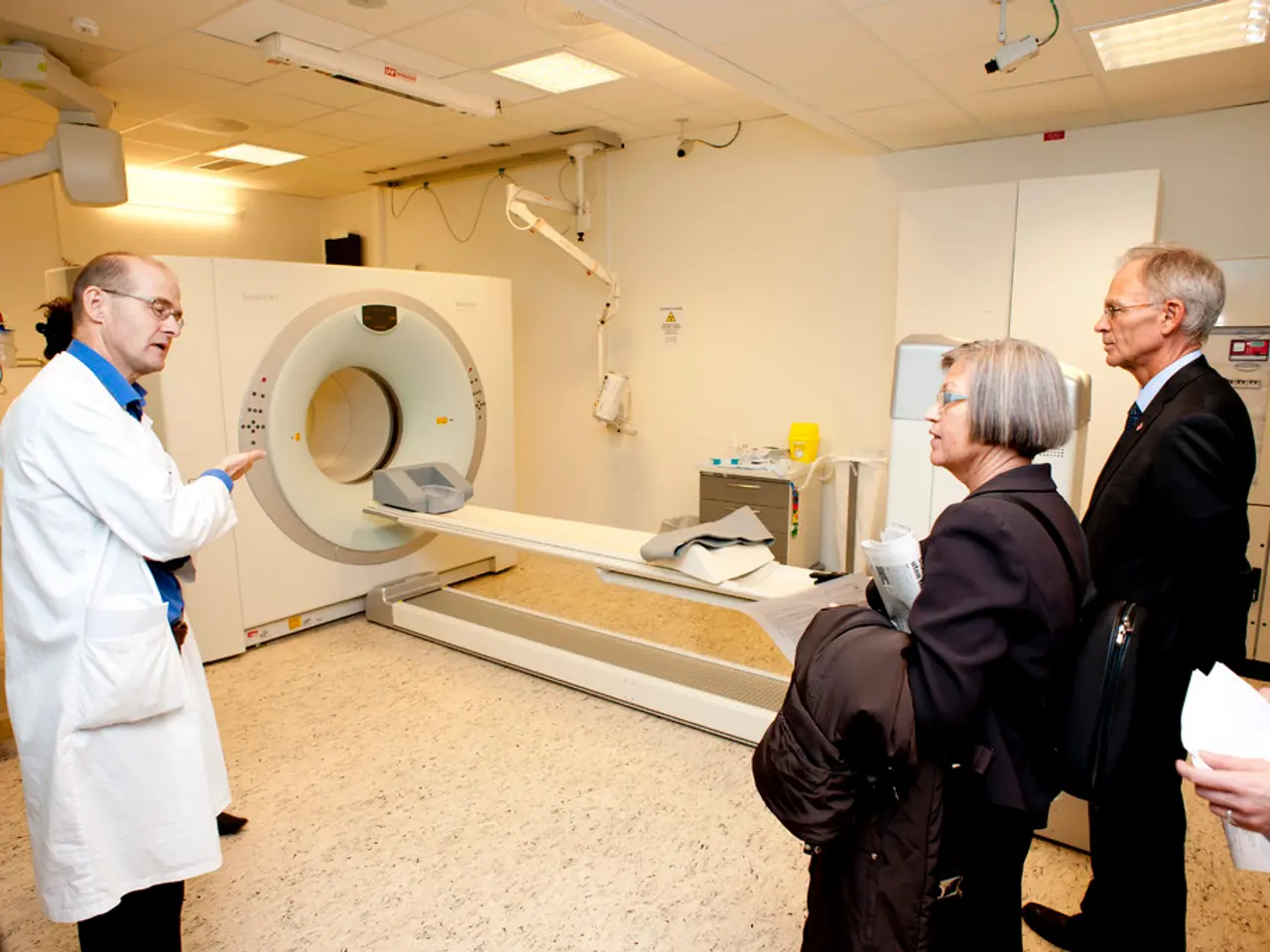Lung Blood Vessel Clot Removal Surgery: Details and Requirements
Pulmonary Thromboendarterectomy (PTE) is a complex surgical procedure used to treat chronic thromboembolic pulmonary hypertension (CTEPH), a serious condition that causes repeated blood clots to clog arteries in the lungs.
The Procedure and Risks
PTE involves a major surgery that requires general anaesthesia and the use of a heart-lung machine. The surgeon makes an incision in the chest and opens the pulmonary arteries to remove the clots.
While PTE is considered the gold standard treatment for CTEPH, it carries several risks and complications. These include perioperative deaths, reperfusion injuries to the lung, bleeding and hemorrhage, infection, residual pulmonary hypertension, cardiac complications, neurological complications, long-term recovery challenges, and more.
Managing the Risks
To mitigate these risks, careful patient selection, comprehensive preoperative evaluation, and experienced surgical teams are crucial. Some centers may also use balloon pulmonary angioplasty (BPA) as a preceding procedure to reduce the perioperative risks associated with PTE.
Preparation and Recovery
Before the procedure, a person may need to stop taking medication, including blood-thinning medications like warfarin. Successful PTE surgery can relieve pressure on the right side of the heart, but recovery can be prolonged, typically taking around 2 months.
During recovery, individuals should avoid lifting objects heavier than 10 pounds, driving, and getting moisture on the wound, including through swimming or bathing. They may also need to take blood-thinning medications.
Choosing the Right Center
Most hospitals do not specialize in PTE, and it's important to choose a center with a team experienced in these procedures. The survival rate of PTE has significantly improved over time, with the 30-day mortality rate reducing from 12.3% in 1997 to 1.9% by 2022.
However, not everyone with CTEPH is a suitable candidate for PTE due to factors like hard-to-reach clots or existing medical devices. It's essential to discuss the risks and benefits of PTE with a healthcare provider to determine the best course of treatment.
Read also:
- Eight strategies for promoting restful slumber in individuals with hypertrophic cardiomyopathy
- Exploring the Strength of Minimally Digestible Diets: A Roadmap to Gastrointestinal Healing
- Secondhand Smoke: Understanding its Nature, Impact on Health, and Additional Facts
- Overseeing and addressing seizure-induced high blood pressure complications in pregnancy, known as eclampsia





